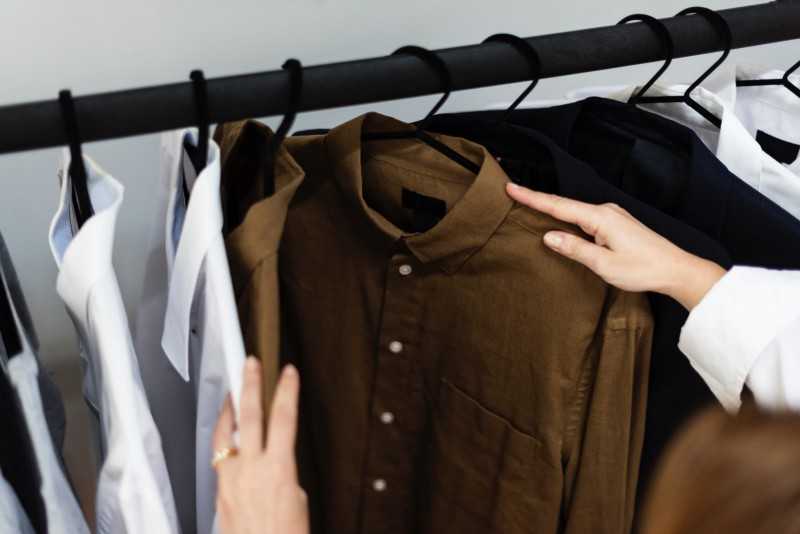Multiple ways of describing the same action in Japanese
In English, to describe the simplest of actions, we have one word for all.
We wear clothing, be it tops, bottoms, shoes, glasses, hats, or cologne. Even though the physical action may vary for each item — shirts and hats are pulled downwards, pants are pulled upwards, glasses are put on and so on, we have the option of describing them all with the same verb — “wear”.
However, in regards to the same situation, Japanese has at least eight different ways to describe the action of donning apparel and accessories, with unique verbs designated for specific types of clothing. Take a look below:
For the upper body
The first one to go over is 着る(ki-ru), “to wear”, applies to the umbrella term “clothes” as well as for tops like shirts, jackets, dresses and suits.
For the lower body
In Japanese, for items of clothing that you have to pull on — socks, shoes, skirt and pants, they’re covered by a different verb: はく(ha-ku), which also means “to wear”.
For hats
Hats and wigs are covered by the verb 被る (ka-bu-ru), which literally means “to put on”.
For glasses
かける (ka-ke-ru) also means “to put on”, but it has a very specific application for glasses.
For scarves and mufflers
These items are specifically wrapped around the neck, and as such, the term “to wrap”, “巻く“ (ma-ku), is used for them.
Though neckties are an exception, being paired with the term “締める” (shi-me-ru), meaning “to fasten” or “to tie”.
Accessories
Certain accessories like jewelries are adorned with つける (tsu-ke-ru), which also means “to wear”.
Others
And finally, the most commonly seen Japanese verb, “する” (su-ru) for “to do”, can be applied to a wide variety of accessories, including those in the previous table.
While all of those verbs might be attached to different categories of items, they are used to form a sentence in more or less the same format: object first, followed by the verb.
The character in the middle column, を , is a particle used to denote the object in a sentence, but doesn’t have a connotative meaning by itself. Therefore, to use 着るin a sentence, any number of upper body clothing can be substituted in the object column, while the particle and verb columns remain fixed.
The verbs used by the Japanese to refer to wearing clothes sure are interesting. If you’re curious to learn more, check out what we have to offer on our Japanese language course list!








